Why Were The Northern Lights Visible so far south recently? WHY.EDU.VN explores the science behind this stunning phenomenon, connecting it to solar activity and geomagnetic storms. Discover the secrets of the aurora borealis, solar flares, and coronal mass ejections, unlocking the mysteries of our sun and its impact on Earth, including sunspots, solar cycles and the solar maximum.
1. Understanding the Solar Cycle and Solar Maximum
The sun operates on an approximately 11-year solar cycle driven by its magnetic field. About every 11 years, the sun’s magnetic poles flip, leading to increased solar activity in the months surrounding this event. The current cycle, Solar Cycle 25, is proving to be more intense than initially predicted by scientists. Instead of reaching its peak in mid-2025 as expected, it appears we are already at or near solar maximum. This period presents a valuable opportunity for scientists to study the sun’s complex inner workings and offers the chance to witness the mesmerizing aurora, also known as the northern lights.
The sun’s core is where hydrogen fuses into helium, generating immense heat, estimated at around 27 million degrees Fahrenheit (15 million degrees Celsius). This heat flows to the convection zone above the core, transforming superheated gas into plasma—a state of matter so hot that it carries an electrical charge. The plasma’s movement within the sun, akin to ocean currents, generates the sun’s magnetic field through a process called the dynamo. Sunspots, dark regions on the sun’s surface, are visible indicators of this magnetic field activity.
2. The Role of Sunspots in Creating Aurora
Sunspots, which mark areas of intense magnetic activity, determine the sun’s 11-year solar cycle. Solar maximum happens when sunspot activity peaks.
Sunspots are relatively cooler, darker areas where the sun’s magnetic field concentrates on its visible surface. While the surrounding photosphere has a temperature of about 10,000 degrees Fahrenheit (5,500 degrees Celsius), sunspots are cooler, at approximately 6,300 degrees Fahrenheit (3,400 degrees Celsius). The exact formation mechanism of sunspots is not fully understood, but the leading theory suggests that they occur when the sun’s magnetic field lines become twisted and snap, causing these disturbances to rise to the surface.
Sunspots can emerge in just a few days and persist for several months. Smaller sunspots may merge, forming larger ones, which can significantly influence solar activity affecting Earth. NOAA predicted solar maximum would occur between January and October 2024, with sunspot numbers ranging from 137 to 173. However, on May 13, 2024, the sun exhibited 186 sunspots. This contrasts sharply with 2019, when the sun was without sunspots for 274 days.
3. Solar Flares and Coronal Mass Ejections (CMEs) Explained
Solar flares and coronal mass ejections (CMEs) are key drivers of auroral displays. Solar flares are enormous explosions on the sun, often linked to sunspots, releasing vast amounts of energy. The material around the sun becomes heated to millions of degrees in minutes, emitting radiation across the electromagnetic spectrum.
Solar flares are categorized by their intensity, ranging from A-class (the weakest) to X-class (the strongest). X-class flares often trigger coronal mass ejections (CMEs), which are large expulsions of plasma and magnetic field from the sun into space. CMEs travel through the solar system at speeds ranging from 250 to 3,000 kilometers per second (155 to 1,860 miles per second). When a CME is directed toward Earth, it can arrive in as little as 15 to 18 hours, providing limited advance warning.
NASA’s Solar Dynamics Observatory captures the journey of CMEs in different wavelengths. The Stereo A and B spacecraft, orbiting the sun, use coronagraphs to block the sun’s glare, allowing them to image the upper atmosphere and track CMEs.
When these charged particles from CMEs collide with Earth’s atmosphere, they create the mesmerizing auroras, or northern and southern lights.
4. Decoding the Northern Lights: A Scientific Explanation
The unpredictability of auroras stems from the complex interactions between solar activity and Earth’s atmosphere. The recent aurora displays visible as far south as Florida, Texas, and Mexico were unexpected, surpassing NOAA’s initial predictions. These auroras are the result of charged particles from solar events impacting Earth’s atmosphere at tremendous speeds, up to 45 million miles per hour (72 million kilometers per hour).
These particles become entwined with Earth’s magnetic field, accelerating toward the poles and interacting with atmospheric particles. This interaction heats the particles, producing the auroral display.
Auroras observed in regions farther from the poles often appear colorless to the naked eye, with colors becoming more apparent through camera lenses. However, closer to the poles, auroras display vivid colors and dynamic movement.
The colors of the aurora are indicative of the atmospheric gases involved. Green hues are produced by oxygen at lower altitudes (around 80 miles or 128 kilometers), while blue, purple, and pink result from nitrogen. Red auroras, caused by oxygen at higher altitudes, are less common.
While the large sunspot 3664 has rotated away from Earth, the possibility of new sunspots forming remains, offering potential future aurora displays.
Solar maximum could bring even more intense solar activity, increasing the likelihood of auroras in unexpected locations.
5. Assessing the Risks: Are Solar Storms Dangerous?
While heightened solar activity can produce spectacular auroras, it also raises concerns about potential dangers. The most powerful solar storm on record, the Carrington Event of 1859, caused auroras visible in the tropics and widespread disruption to telegraph systems.
A similar event today could result in global internet outages, power grid failures, satellite damage, and GPS malfunctions. The recent solar storm caused localized blackouts and GPS disruptions, and SpaceX’s Starlink reported degraded service due to geomagnetic disturbances.
Astronauts have protocols to protect themselves during solar storms, such as taking shelter in the Zvezda module on the International Space Station, which offers enhanced radiation shielding.
Studying the effects of radiation on astronauts and developing protective measures is crucial for future space travel to the Moon, Mars, and beyond.
6. Debunking Conspiracy Theories About the Aurora Borealis
A conspiracy theory suggests that the High-Frequency Active Auroral Program (HAARP) artificially created the recent aurora displays. HAARP, a real program run by the University of Alaska, Fairbanks, studies the ionosphere by heating small areas of it and observing the effects.
HAARP conspiracy theories claim it can control the weather, manipulate minds, and create chemtrails. However, the official HAARP FAQ states that it cannot control the weather or perform mind control. While HAARP has created small, artificial auroras in Alaska, it is not capable of generating the widespread auroras observed over North America.
7. Solar Phenomena: A Comprehensive Table
| Phenomenon | Description | Cause | Effects |
|---|---|---|---|
| Solar Cycle | Periodic change in the sun’s activity level | Fluctuation of the sun’s magnetic field | Affects the number of sunspots, solar flares, and coronal mass ejections |
| Solar Maximum | Period of greatest solar activity during the solar cycle | Peak in the sun’s magnetic field activity | Increased number of sunspots, solar flares, and CMEs; greater chance of auroras |
| Sunspots | Darker, cooler areas on the sun’s surface | Concentrations of magnetic field lines | Indicate areas of high magnetic activity; can lead to solar flares and CMEs |
| Solar Flares | Sudden release of energy from the sun | Release of magnetic energy associated with sunspots | Emission of electromagnetic radiation across the spectrum; can disrupt communication systems on Earth |
| Coronal Mass Ejections | Large expulsion of plasma and magnetic field from the sun | Release of magnetic energy from the sun’s corona | Can cause geomagnetic storms on Earth; triggers auroras; can disrupt satellites and power grids |
| Auroras | Natural light display in the sky, particularly in the high-latitude regions | Interaction of charged particles from the sun with Earth’s atmosphere | Beautiful display of colored lights; can be seen farther south during intense solar activity |
| Geomagnetic Storms | Disturbance of Earth’s magnetosphere | Impact of CMEs on Earth’s magnetic field | Can cause fluctuations in the power grid, disrupt satellite operations, interfere with radio communications, and create auroras |
| Carrington Event | The most intense geomagnetic storm in recorded history | An extremely powerful solar flare and CME | Caused widespread telegraph system failures and auroras visible at tropical latitudes |
| HAARP | High-Frequency Active Auroral Research Program | Research program studying the ionosphere | Used to heat small areas of the ionosphere to study their effects; subject of various conspiracy theories claiming it can control weather and minds |
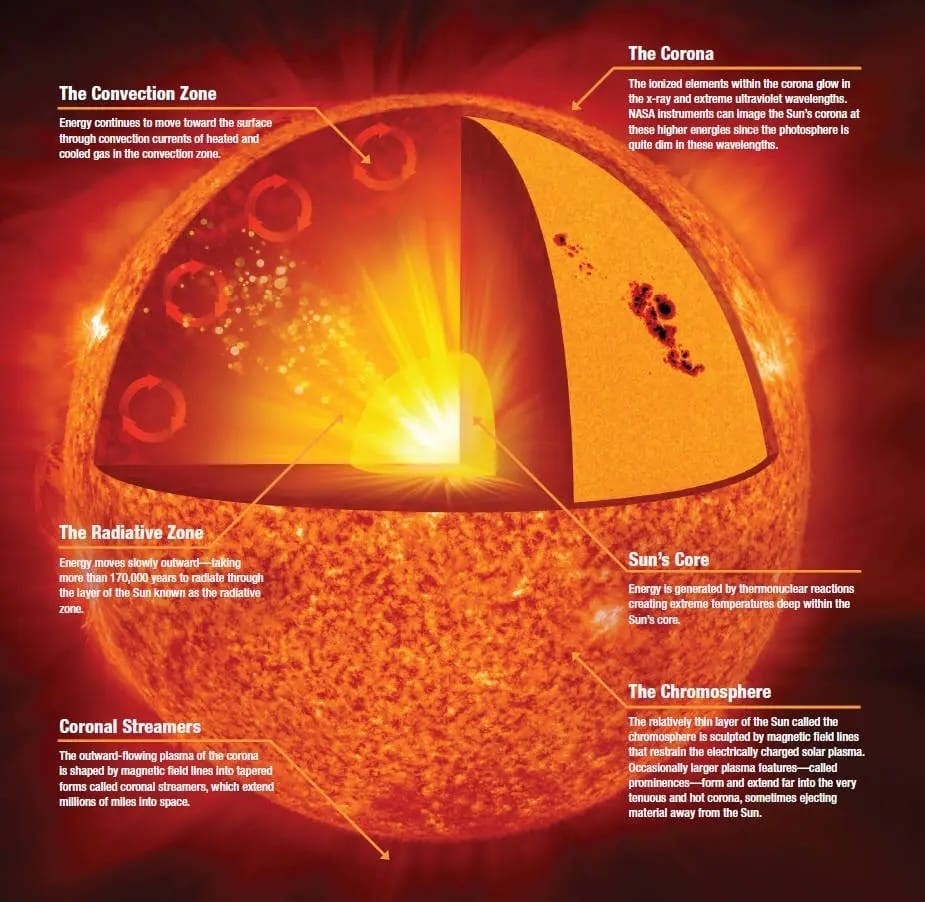

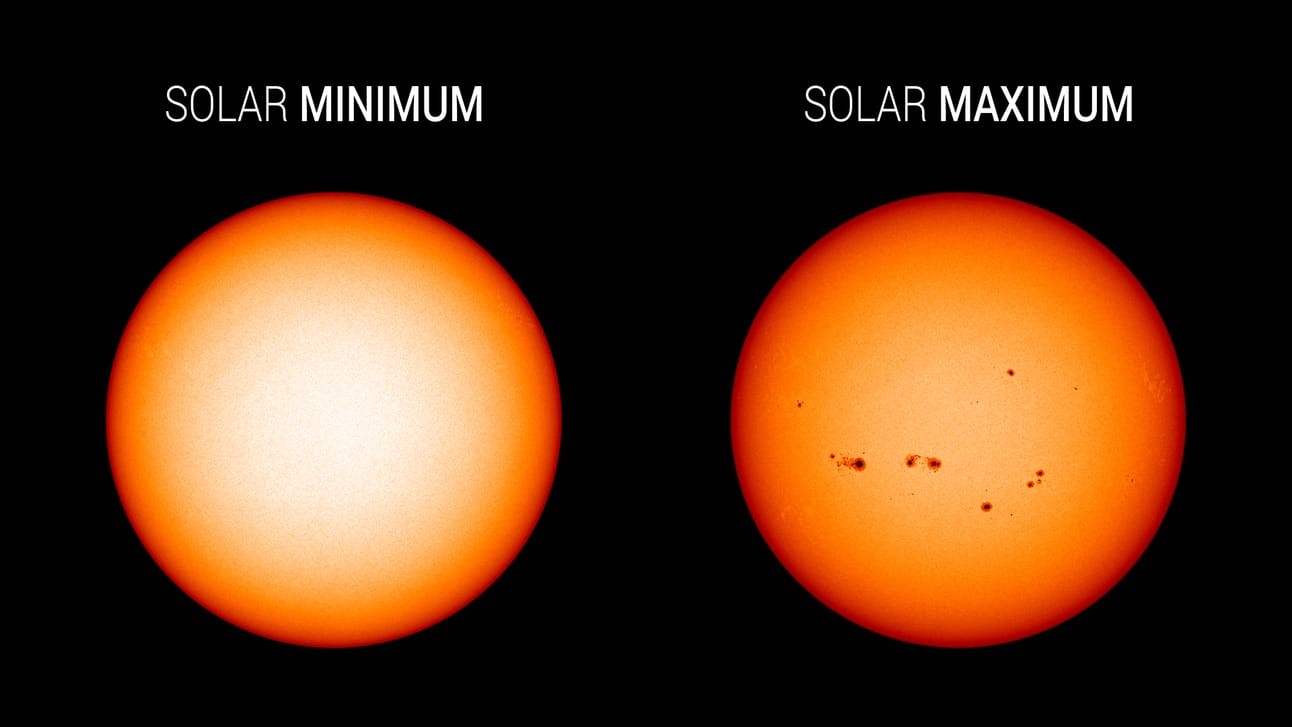
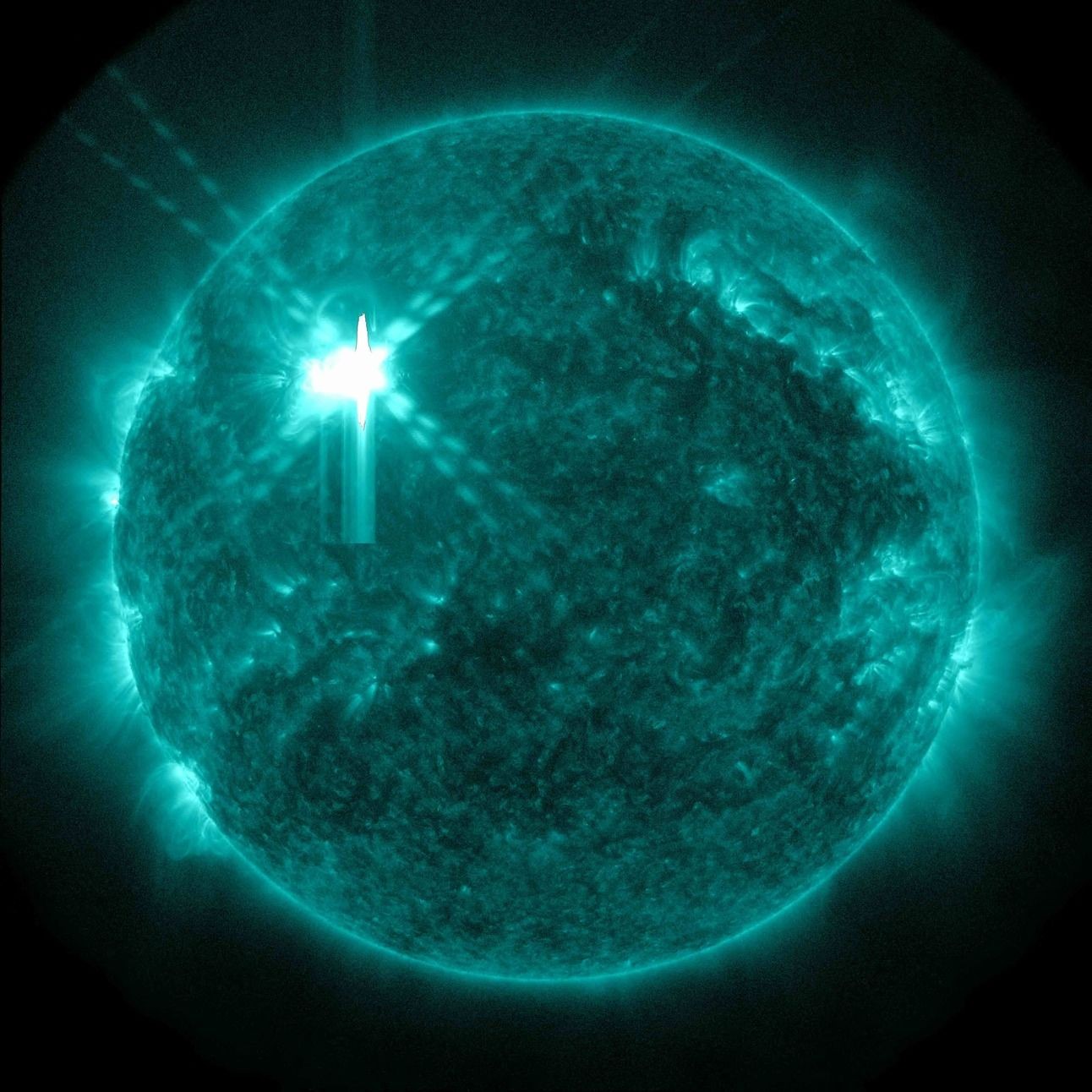
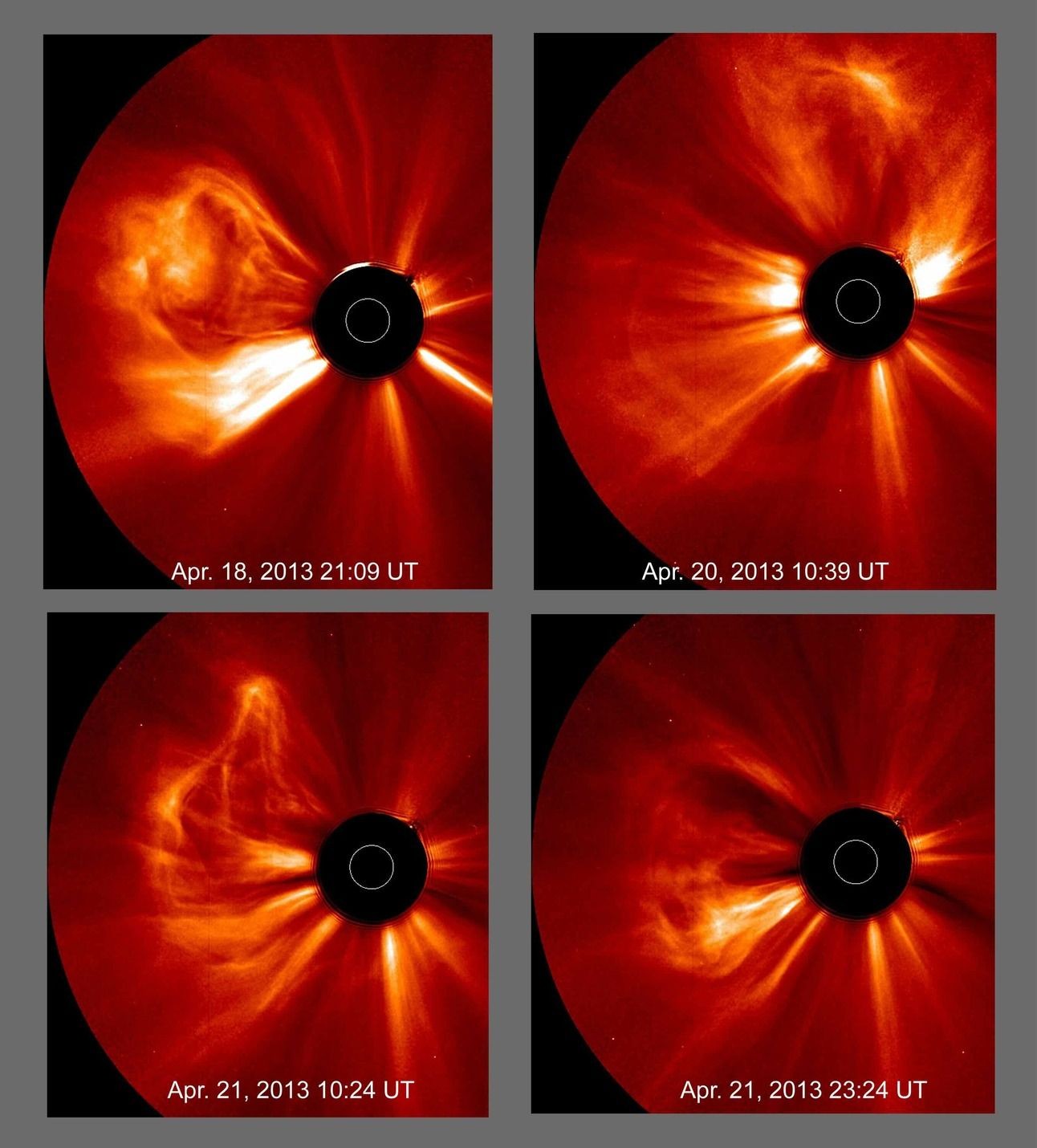
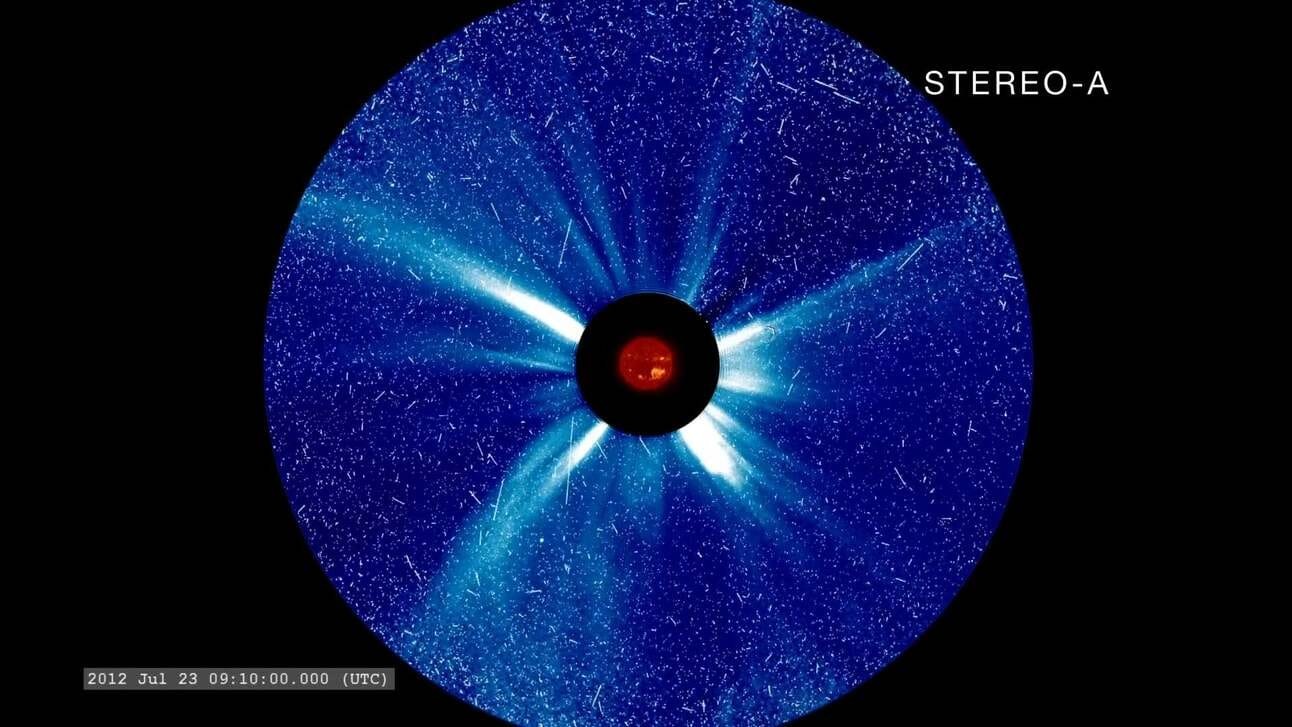
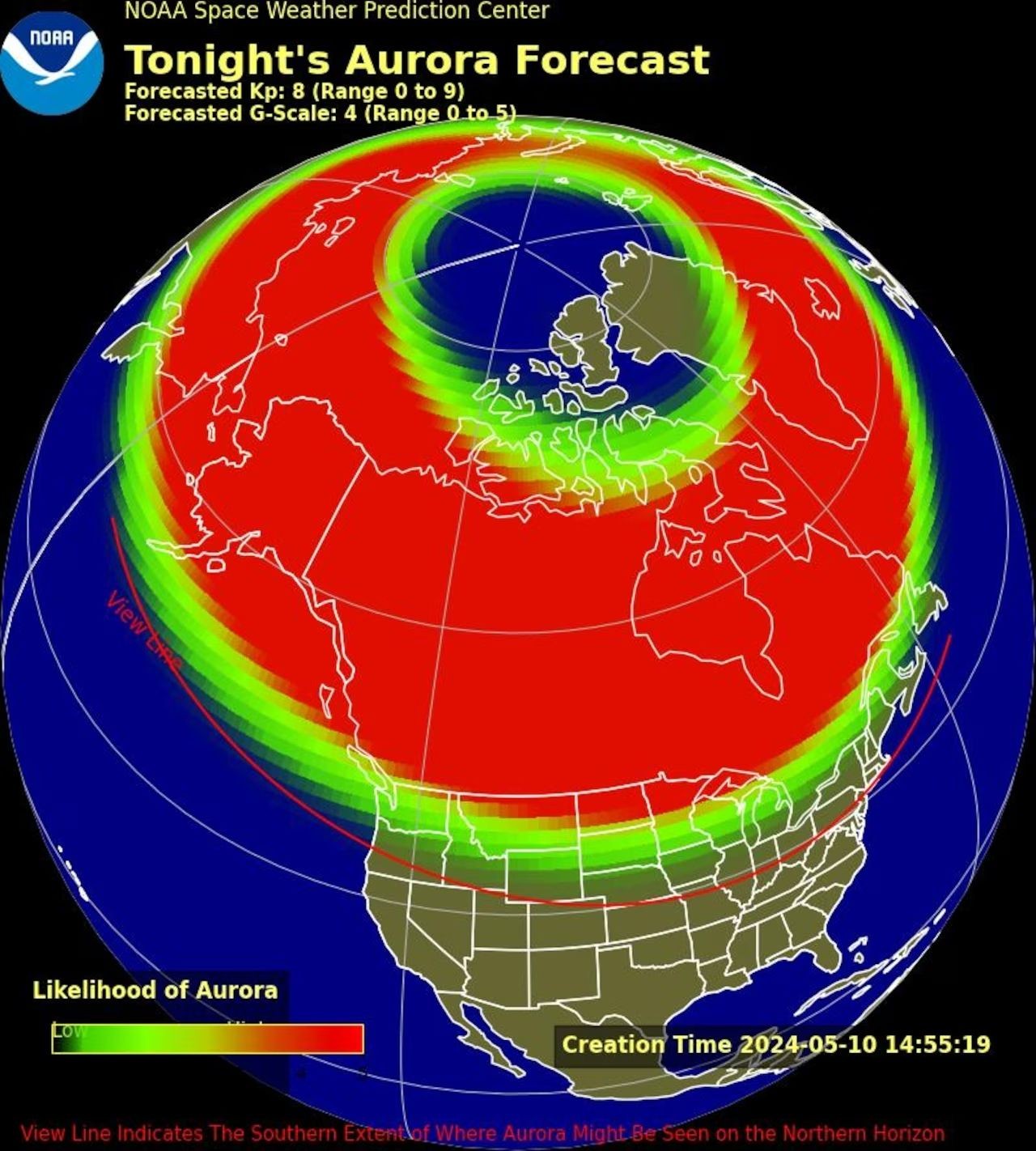
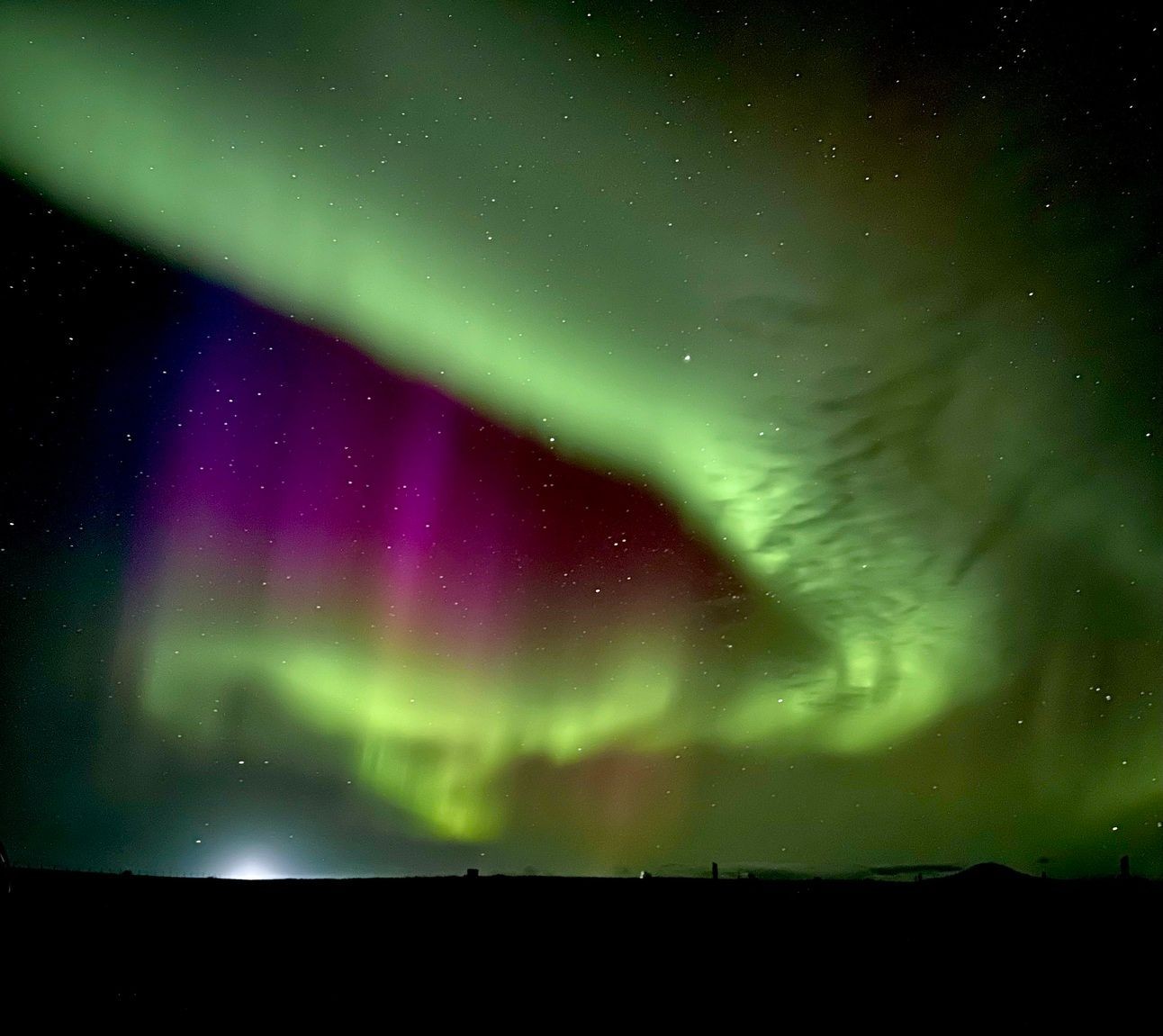
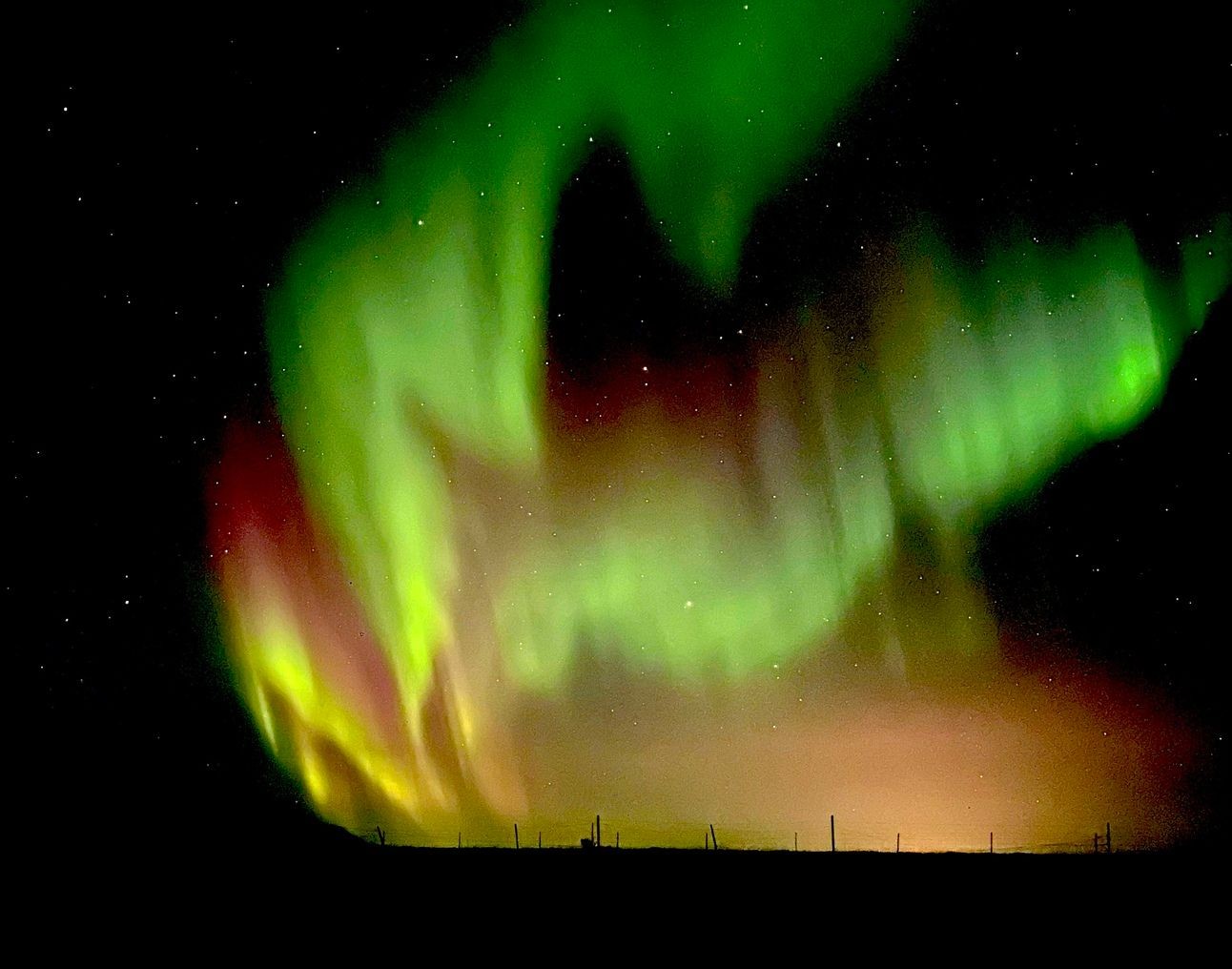
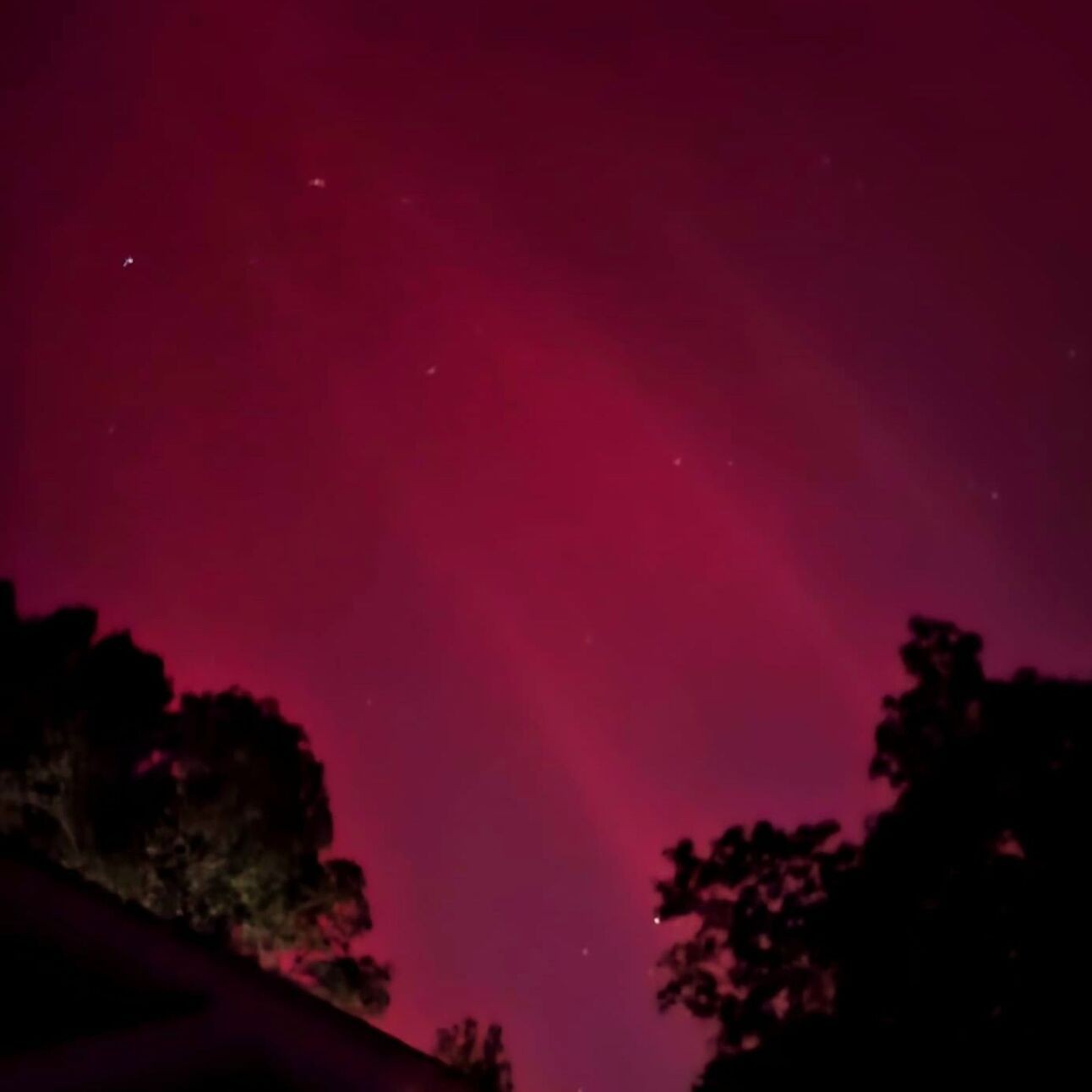
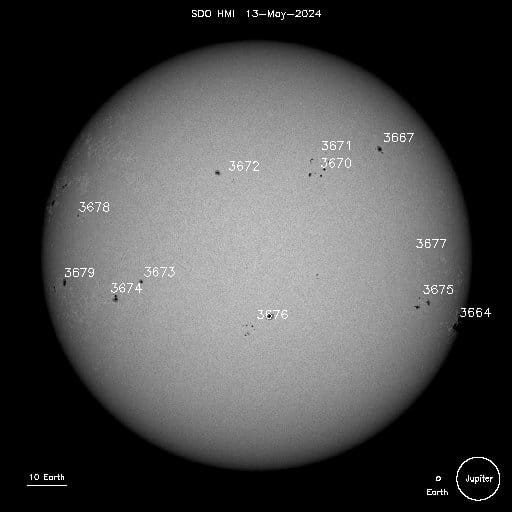
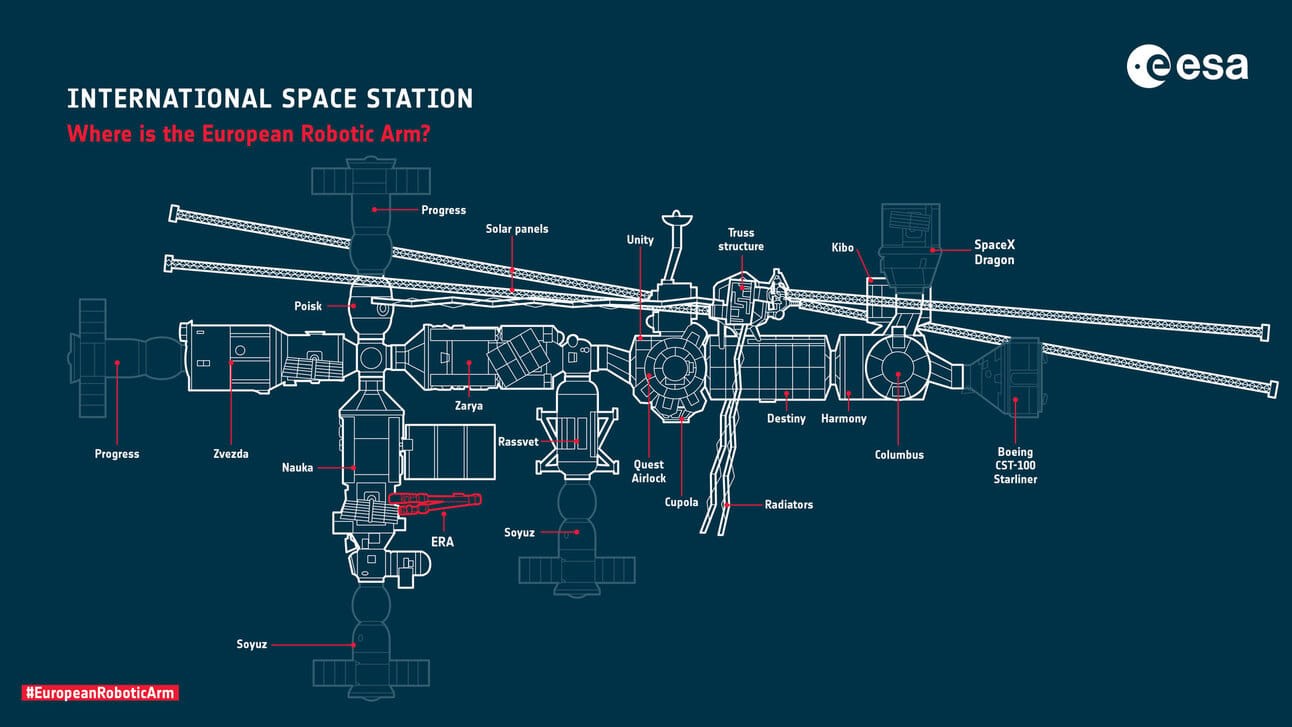

8. FAQ: Unveiling the Mysteries Behind the Northern Lights
-
What causes the northern lights?
- The northern lights, or aurora borealis, are caused by charged particles from the sun interacting with Earth’s atmosphere.
-
Why were the northern lights visible so far south recently?
- An unusually strong solar storm led to the aurora being visible at lower latitudes than normal.
-
What is a solar flare?
- A solar flare is a sudden release of energy from the sun, often associated with sunspots.
-
What is a coronal mass ejection (CME)?
- A CME is a large expulsion of plasma and magnetic field from the sun.
-
How do solar flares and CMEs affect Earth?
- They can cause geomagnetic storms, disrupt communication systems, and create auroras.
-
Are solar storms dangerous?
- While most solar storms are not dangerous, intense storms can disrupt technology and infrastructure.
-
What is the solar cycle?
- The solar cycle is an approximately 11-year cycle of solar activity.
-
What is solar maximum?
- Solar maximum is the period of greatest solar activity during the solar cycle.
-
What are sunspots?
- Sunspots are darker, cooler areas on the sun’s surface, indicating areas of high magnetic activity.
-
Can HAARP control the weather or create the northern lights?
- No, HAARP is a research program that studies the ionosphere and cannot control the weather or create widespread auroras.
9. Search Intent and the Northern Lights
Understanding search intent is crucial to providing relevant and valuable content. Here are five key search intents related to the question “Why were the northern lights visible?”:
- Informational: Users want to understand the scientific reasons behind the recent visibility of the northern lights.
- Cause Explanation: Users are seeking to know what caused the event, including details about solar activity and geomagnetic storms.
- Location Specific: Users are interested in knowing why the lights were visible in specific locations, such as Mexico or Florida.
- Predictive: Users are looking for information on whether the phenomenon will occur again and how to predict future events.
- Safety Concerns: Users want to know if the solar activity that caused the lights poses any danger to Earth or its inhabitants.
10. Addressing Customer Challenges with WHY.EDU.VN
Finding reliable answers to complex questions can be challenging. The internet is full of information, but it’s not always easy to find trustworthy sources or understand specialized explanations. WHY.EDU.VN provides detailed, easy-to-understand answers based on expert knowledge.
If you’re curious about the world around you and want to dive deeper into subjects like the science behind the northern lights, WHY.EDU.VN is here to help.
Do you have more questions about space weather, auroras, or other scientific phenomena? Visit WHY.EDU.VN at 101 Curiosity Lane, Answer Town, CA 90210, United States. Contact us via WhatsApp at +1 (213) 555-0101, or explore our website at why.edu.vn to ask questions and discover answers from our experts.